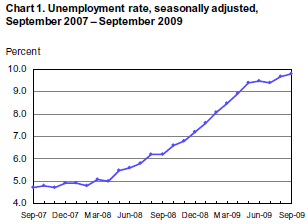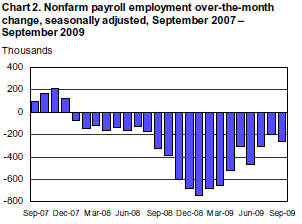>door closes<
The Ingenesist Project designs and deploys a new class of business methods that will facilitate the production and trade of goods and services against the inevitable devaluation of the dollar.
The systems and methods developed by the Ingenesist Project can create new and tradable value from existing social infrastructure which would act as a hedge against inflation, austerity programs, and lost productive capacity due to high corporate unemployment.
Anyone looking for a hedge on the dollar is looking for The Ingenesist Project.
< door opens >
In case you are still interested
Ingenesist designs and executes a new class of business methods that creates new value by deploying a social game to real asset markets.
A Value Game begins and ends with money because that is the world we currently live in. However, new value is created within the game through the managed interaction of 3 or more communities that share an asset.
Current Milestones
The Value Game was developed from a large-scale international comparative education research project from the NAFTA implementation era. Currently, Ingenesist deploys a Value Game to the aviation industry with a funded start-up called Social Flights. In this platform; private aircraft are the shared asset and the operators, travelers, and economic development concerns represent the integral communities.
Ingenesist is currently designing a value game for the construction industry on a large remediation project for a high-rise condominium. In this case, the condominium is the shared asset while the residents, the contractors, and the real estate market represent the integral communities.
Future Milestones
Ingenesist is currently looking to fund a web application with a working title of Zertify. Zertify is a proprietary knowledge asset inventory method that will allow The Value Game to scale indefinitely and internationally. As such, the requirement to convert back into money will no longer be necessary as the value created in one game can be exchanged with value created in another game.
Expected Outcomes
If we are successful, a new currency will form; one that is backed by real assets and the real interaction of real communities whose best interest is to preserve real assets rather than consume them. Zertify.com will be followed by Exoquant.com, and Gamidox.com – which will securitize the new currency to achieve capitalization.
Why is this important?
This will be very important because the inevitable global currency adjustments would not have a direct impact on a non-debt backed currency. In fact, Ingenesist will hedge the dollar – as the dollar loses value, the new currency will increase in value. It is likely that everyone reading this post has a vested interest in the outcome; literally and figuratively.
Why are we different?
Many start-ups just scale Facebook networks and call it a “social currency” for the purposes of consumption marketing. Other application have formed the asset incorrectly in our opinion. Ingenesist actually produces real things that reflect the real priorities of real social interactions…and this is real serious business.
Contact:
Daniel R. Robles PE, MBA
The Ingenesist Project, Founder/Director
Social Flights, Chief Innovation Officer
Skype: Ingenesist
Linkedin Profile
Twitter: @ingenesist
YouTube Channel: Ingenesist
Video: Sibos 2011
Video: The Value Game
Zertify.com specs; Contact Directly (for actual)
Gamidox.com specs Contact Directly
Exoquant.com specs: Contact Directly
Speaking: The Future Of Money and Technology Summit 2012 April 23rd San Francisco
Attending: The Unmoney un-conference 2012; April 24th San Francisco
Ingenesist Blog
Social Flights Blog


